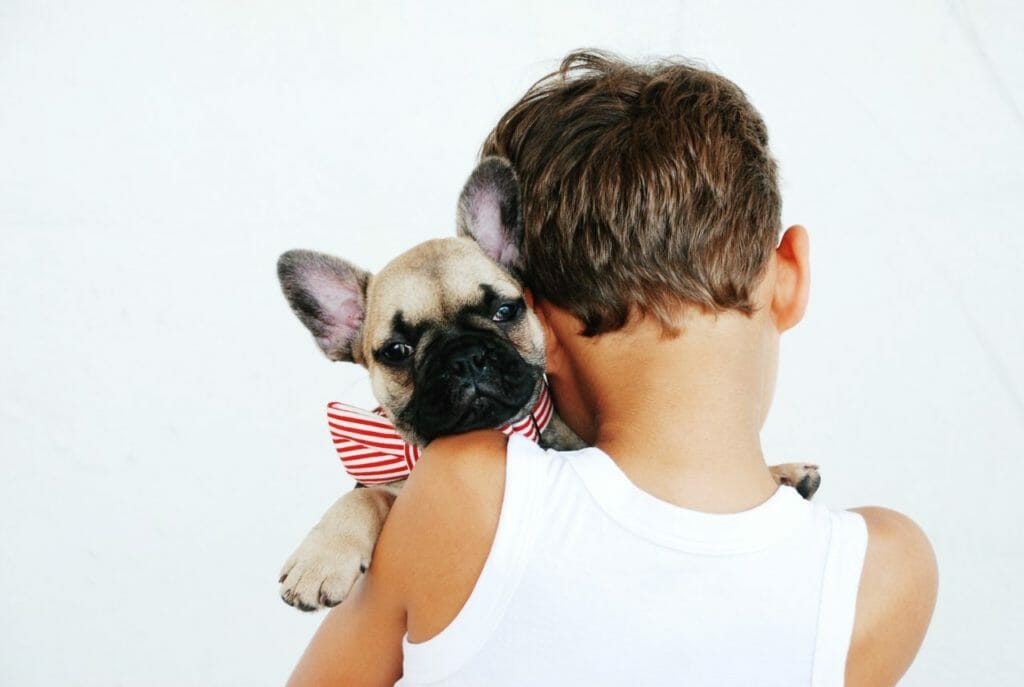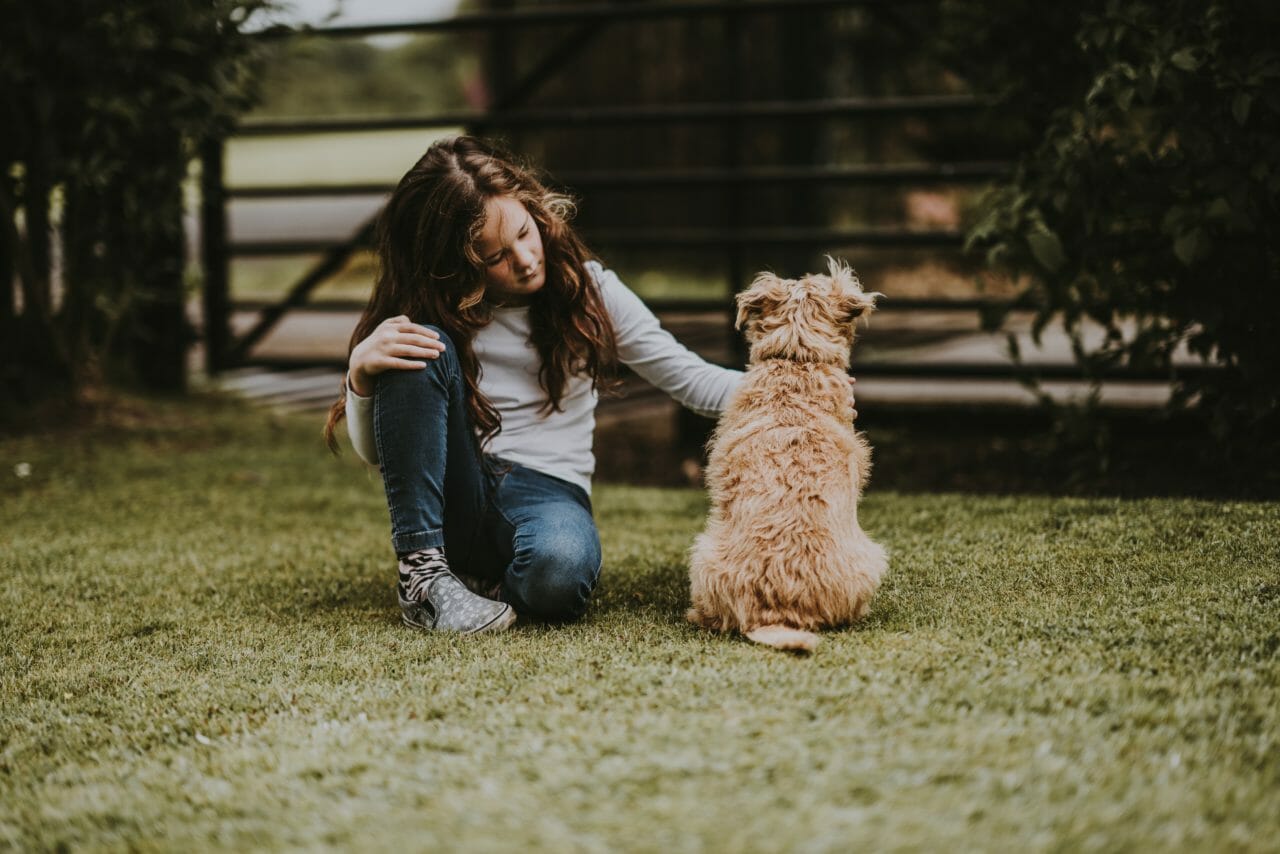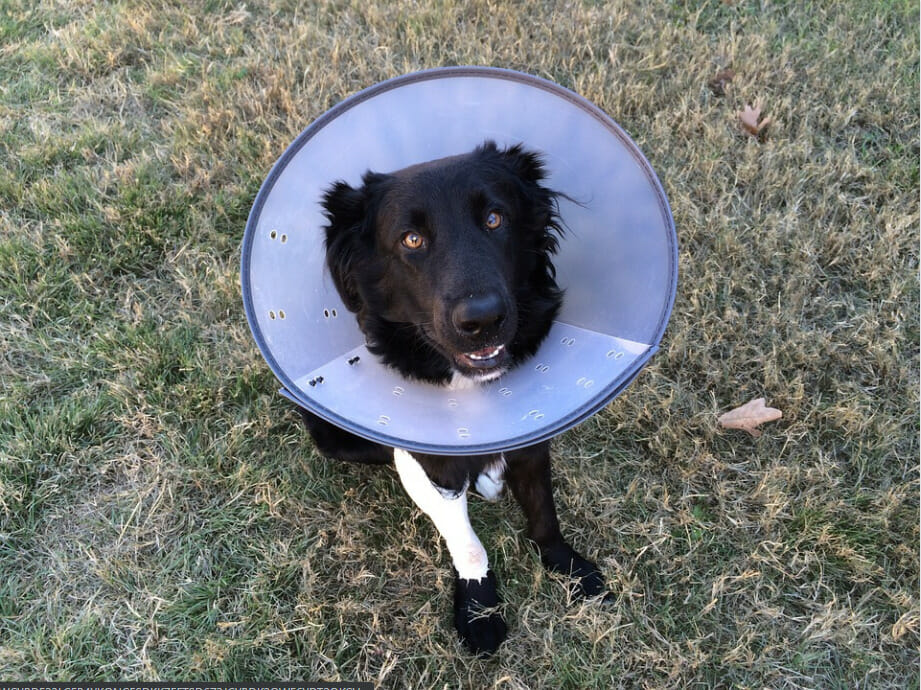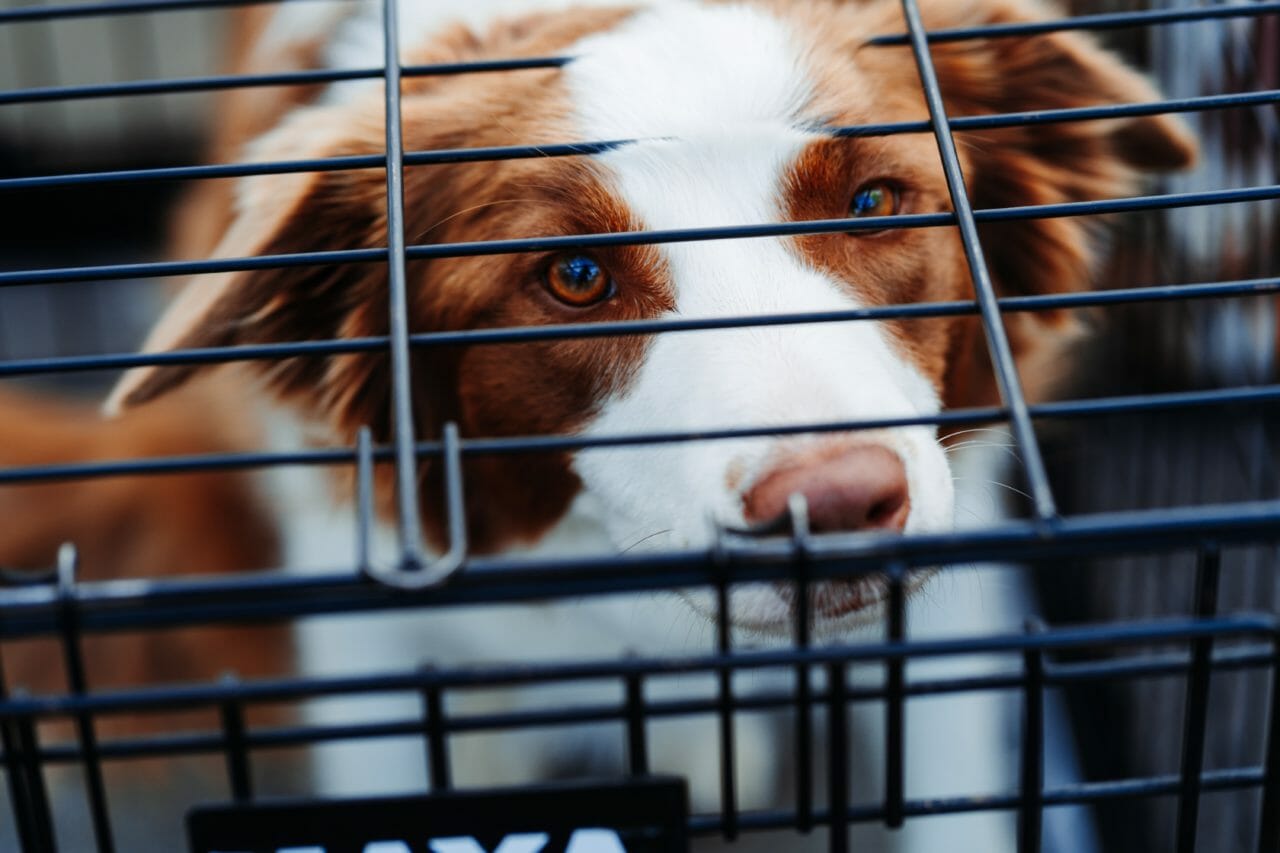Keep your dog happy and help them make a full recovery.
If you’re a dog owner, then you love getting out there with your furry best friend and going on those long walks together. These outings can be bonding experiences or just to get some fresh air for you and the pups.
But you might notice your dog walking with a limp or holding one of its legs up strangely after a walk or run. While this could be triggered by a variety of issues, you should be aware of the common problem of carpal hyperextension in dogs and what to do if your dog develops this condition.
In this blog post, we’ll discuss everything pet owners need to know about carpal hyperextension, including what you should do to help your dog regain strength.
RehabPet.com wants to give pet owners the information they need to make informed decisions about their dogs’ health! So let’s dive into it.
What Is Carpal Hyperextension?
Like it sounds, carpal hyperextension is when ligaments and tendons in the carpal area are overstretched or torn. These ligaments are key in helping the carpal bones in your dog’s wrist achieve range of motion in the paws and limbs. These bones are arranged in rows dividing up the joints in the carpal area.
To help stabilize these bones, many ligaments on the front and back of your dog’s wrist keep the carpal bones together. The carpal area also contains several tendons that help your dog move the wrist and paws.
Damaging these ligaments and tendons can lead to instability in the carpal bones and a lot of pain for your dog. Carpal hyperextension is a common injury for dogs, especially those active or who love running and jumping around frequently. This can cause your dog severe pain and make it difficult for them to put any weight on their paw or leg.
Carpal hyperextension can be a serious injury that needs to be checked out by a veterinarian as soon as possible.

What Might Have Caused Carpal Hyperextension in My Dog?
As mentioned above, carpal hyperextension is a common injury for dogs who are constantly active and running around. While carpal hyperextension can happen to any dog, there are a few different explanations:
Lack of Development in Younger Dogs
If your dog is still growing, certain developmental abnormalities can cause these segments to be weaker than normal.
While sometimes there is no explanation, many cases of carpal hyperextension can be attributed to a lack of a healthy diet or your dog wearing a cast or brace on their leg for an extended period of time during the puppy phase.
Trauma to the Area
One of the most common causes of carpal hyperextension is trauma to the area.
This trauma might have resulted from a car accident, a fall, or even your dog not landing on their legs properly after running or jumping. All of these blunt force traumas can cause the wrist to bend more than usual, causing a strain or complete rip in the ligaments or tendons.
Getting Older
As dogs age, they lose muscle mass and bone density. As a result, the carpal area becomes more susceptible to injury because the bones are not as strong as they used to be.
Additionally, arthritis can further weaken your dog’s carpal area and put them at a higher risk for carpal hyperextension.
What Are the Signs of Carpal Hyperextension in My Dog?
Now that we know what carpal hyperextension is and some of the causes, let’s talk about the signs you should be looking for.
If your dog is experiencing carpal hyperextension, they will most likely:
- Show a noticeable bend in their wrist
- Hold their paw up or in a flattened position
- Not want to walk or run as much as normal
- Whimper or cry when their carpal area is touched
Check your dog’s paws carefully if you notice any of these physical changes. You may be able to see some swelling in their carpal area. Some dogs also develop pressure sores or ulcers on their carpal pads from not using them correctly.
Some dogs might not show any signs of pain. In this case, it’s much more difficult to figure out if something is wrong. The best thing to do for your pup is to keep an eye out for any physical changes.
If you think your dog might have carpal hyperextension, take your pup to the vet as soon as possible.
How is Carpal Hyperextension Diagnosed in Dogs?
The best way to determine if your dog has carpal hyperextension is by taking them to the vet. Once you’re there, your veterinarian will likely:
Review your dog’s medical history
This will give your vet an idea of how long your dog has been experiencing symptoms and if there have been any changes in their activity level or behavior.
Perform a physical examination
The physical examination enables your vet to locate the source of the pain and see if there is any swelling or other changes in the carpal area. Your vet might also check for other injuries that could be causing your dog’s pain.
Capture x-rays of your dog’s carpal area
The x-rays will reveal how bad the carpal hyperextension is and if there are any other injuries in the area.
After all of this, your vet will be able to give you a diagnosis and plan for treatment.
Treatment for Carpal Hyperextension in Dogs
There is no one definitive treatment for carpal hyperextension in dogs, as the condition can vary from mild to severe and may respond differently to various forms of therapy.
That being said, the most common treatment for carpal hyperextension is rest and immobilization. This means that your dog will need to:
- Take it easy and not put any weight on their carpal area for a period of time.
- Use a splint or brace to keep your dog’s carpal area in a neutral position
- Take prescribed pain medication to help your dog stay comfortable during their recovery.
If the carpal hyperextension is severe, your vet will probably recommend surgery to repair any damage to the ligaments. Because it’s next to impossible to repair certain ligaments, the surgery may require a fusion of the wrist joints. This means using screws and plates to keep the bones in place while the ligaments heal.
How To Care for Your Dog After Carpal Hyperextension Surgery
If your dog has carpal hyperextension surgery, they will need to wear a splint for between 6 to 8 weeks to help them recover. It’s critical that you keep the splint clean and dry.
Once you take your dog home, there are a few more things you’ll need to do to help your pup recover:
- Rest is crucial for your dog’s recovery, so make sure they have a comfortable place to sleep
- Make sure they have easy access to food and water closer to their bed so they don’t need to move much
- Follow your vet’s recommendations for your dog’s recovery plan and make sure to bring them back in for additional checkups to ensure the healing process is going smoothly
The main thing is to show your dog lots of love and patience as they recover. Treats and lots of attention can go a long way in making them feel comfortable and cared for.
Final Thoughts
Carpal hyperextension is a common injury in dogs, but with the right care, it’s very likely your dog will fully recover.
Make sure to take your pup to the vet as soon as you notice any changes in the carpal area and follow proper treatment recommendations. With lots of rest, love, and patience, your dog will be on the path to recovery.



